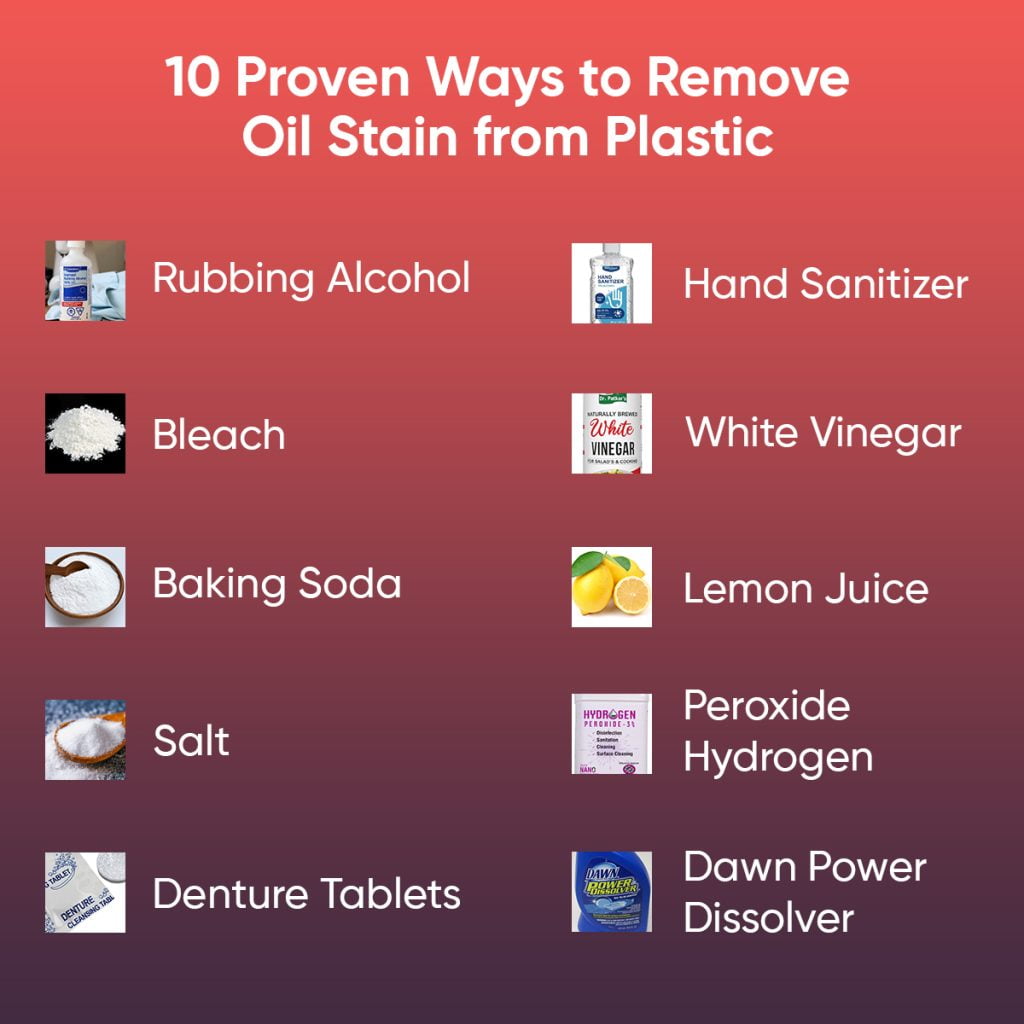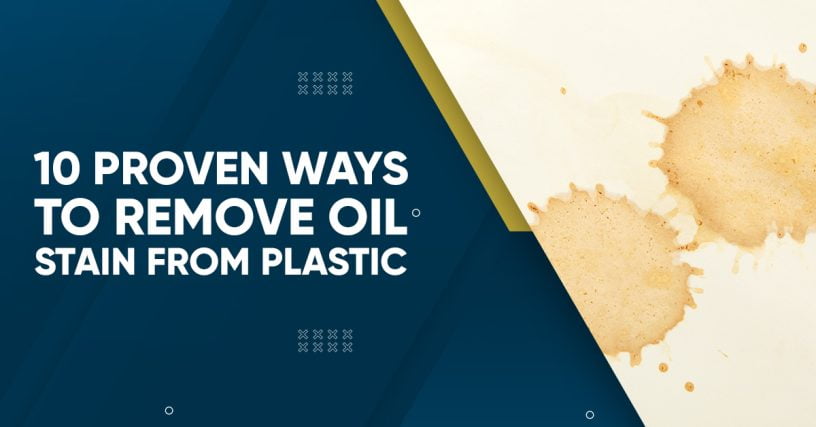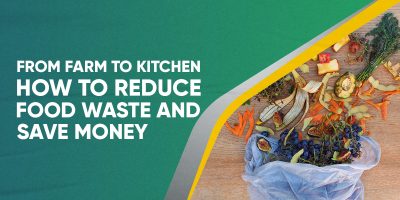These plastic products will eventually develop stains and discolorations over time. It is crucial to understand how to remove oil stains from plastic.
Plastic is a regular feature in our kitchens, appearing in many forms such as cutting boards, storage bins, and nonstick cooking tools.
So today Best Mama Kitchen will discuss it and also will mention some procedures to overcome it. You may use the following procedures and materials listed below to keep your plastic objects, such as containers, cups, mixing bowls, colanders, spoons, spatulas, and even laminate surfaces, in beautiful shape.
Table of contents
Estimated reading time: 4 minutes
These methods make use of commonly available home cleansers and things found in your kitchen cupboard or refrigerator.
Let’s get into the specifics and look at some practical strategies for keeping your plastic things stain-free and in good shape.
10 Ways to Remove Oil Stain from Plastic
Here are the 10 effective techniques to remove stains from plastic. Let’s continue!

1. Rubbing Alcohol
To avoid discoloration, rinse commodities immediately after use. Food dyes, coffee, tea, juice, soda, tomato sauce, and paste may quickly discolor unrinsed plastic. Rubbing alcohol is effective in removing these stains.
Pour rubbing alcohol into the container and let it sit for a few minutes to remove stubborn stains. If the plastic isn’t a container, soak it in a larger one. Once the stains have been removed, carefully rinse and dry the plastic object.
2. Hand Sanitizer
This is an extension of the method previously mentioned. The gel can facilitate the application of alcohol-based hand sanitizer, which has the same active component and can be used to clean plastic ware.
3. Bleach
Chlorine bleach is another method for removing imperfections from plastic. All other food colors, as well as stains from tomato sauce and tomato paste, coffee, tea, juice, soda, and ink, may be eliminated using bleach.
Mix one tablespoon of bleach with one cup of water to create a solution. Give the containers and other objects a full hour or two to soak in the solution. Rinse, dry, and thoroughly wash the containers once the spots have been removed.
4. White Vinegar
This process is comparable to using bleach with chlorine. Actually, you may use one tablespoon of distilled white vinegar for every cup of water, just like you would for a bleach and water solution.
If you are hesitant to use bleach in your containers, vinegar is a terrific, safe substitute that won’t harm food.
5. Baking Soda
Simply mix one or two tablespoons of baking soda with a small amount of water to create a paste, then apply it to the stained container.
After letting it sit for twenty or thirty minutes, use a damp towel to wipe the container. Stains will be removed by the somewhat abrasive paste. Clean, drain, and pat dry.
6. Lemon Juice
Just put lemon juice on the container or other object and let it sit in the sun for a day or two. When the lemon’s acid and the sun’s UV rays interact, discoloration is removed and germs are killed.
7. Salt
Instead of using costly, higher-quality salts for cleaning, preserve the fleur de sel for your cooking.
Continue doing this until the discoloration is gone, and then rinse with soapy water and pat dry.
8. Peroxide Hydrogen
Another popular home item is peroxide, which may be used to brighten old plastic ware that has turned yellow as well as to clean and remove stains from utensils and containers.
It is safe to use as a spray or soak, and it may be used with baking soda much like vinegar.
9. Denture Tablets
Why not give denture tablets a try on your containers and other plastic things as well? They work wonders at eliminating discoloration from dentures. It operates flawlessly.
10. Dawn Power Dissolver
Try using Dawn Power Dissolver on your plastic products since it is made to remove stains.
Conclusion
Ultimately, maintaining the cleanliness and stain-free appearance of your plastic kitchenware requires adequate maintenance.
Rubbing alcohol and the above-mentioned ways are the most efficient ways to get rid of stains from food, drinks, and other materials.
You can guarantee the lifespan of your plastic products and keep them looking like new by using these stain-avoidance tips.

Read More:




